Key Takeaways
- Earwigs are nocturnal and mostly harmless to humans.
- They thrive in humidity and feed on organic matter.
- Reduce moisture and seal entry points to prevent infestations.
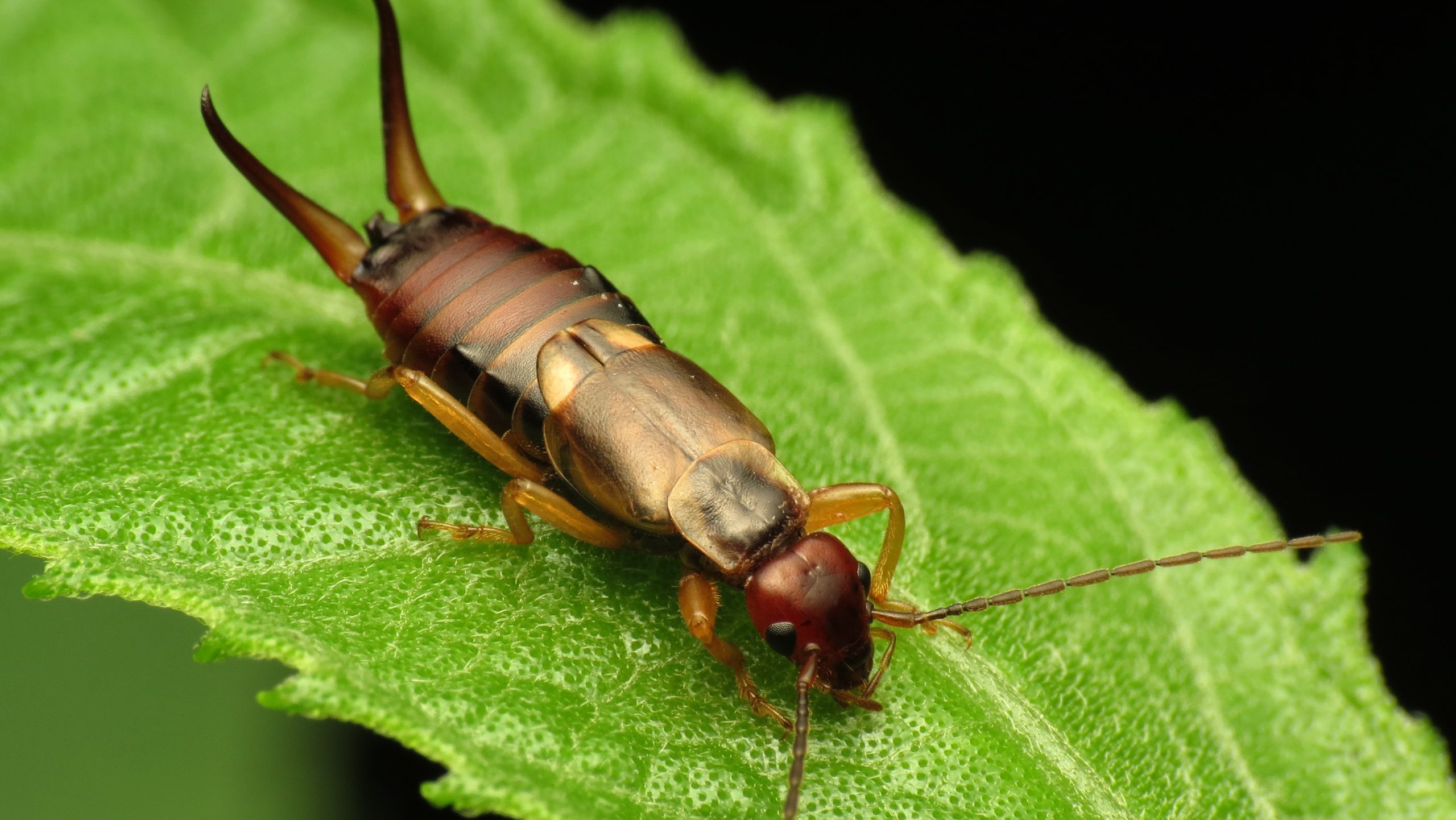 Earwigs are fascinating and often misunderstood insects. With their sharp pincers and nocturnal habits, earwigs often spark curiosity and unease in equal measure. Despite their intimidating look, earwigs are mostly harmless to humans and contribute to ecosystems in complex ways.
In this blog, we will explore what earwigs are, their characteristics, habitats, and how to manage them effectively if they overstay their welcome.
Earwigs are fascinating and often misunderstood insects. With their sharp pincers and nocturnal habits, earwigs often spark curiosity and unease in equal measure. Despite their intimidating look, earwigs are mostly harmless to humans and contribute to ecosystems in complex ways.
In this blog, we will explore what earwigs are, their characteristics, habitats, and how to manage them effectively if they overstay their welcome.
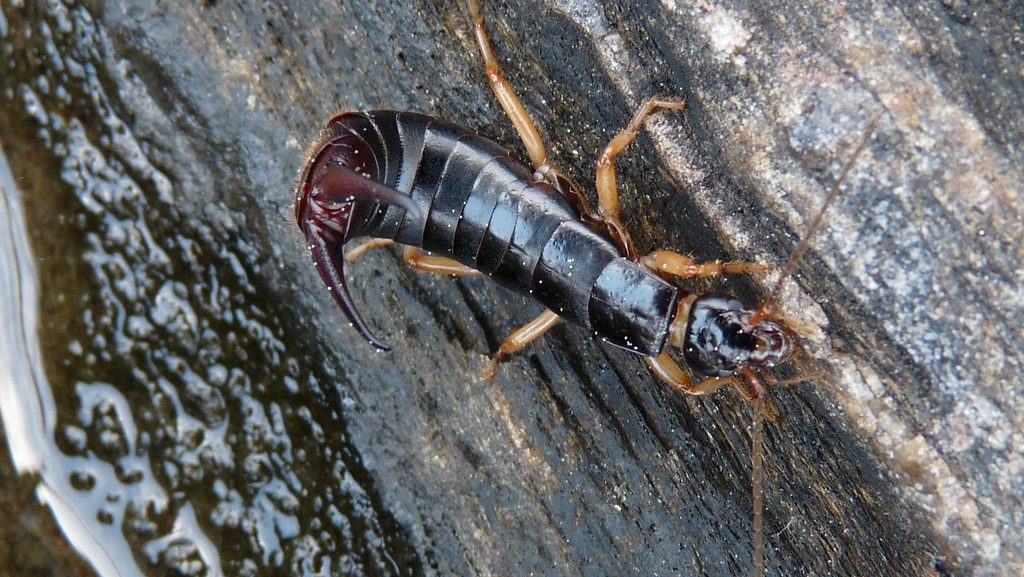
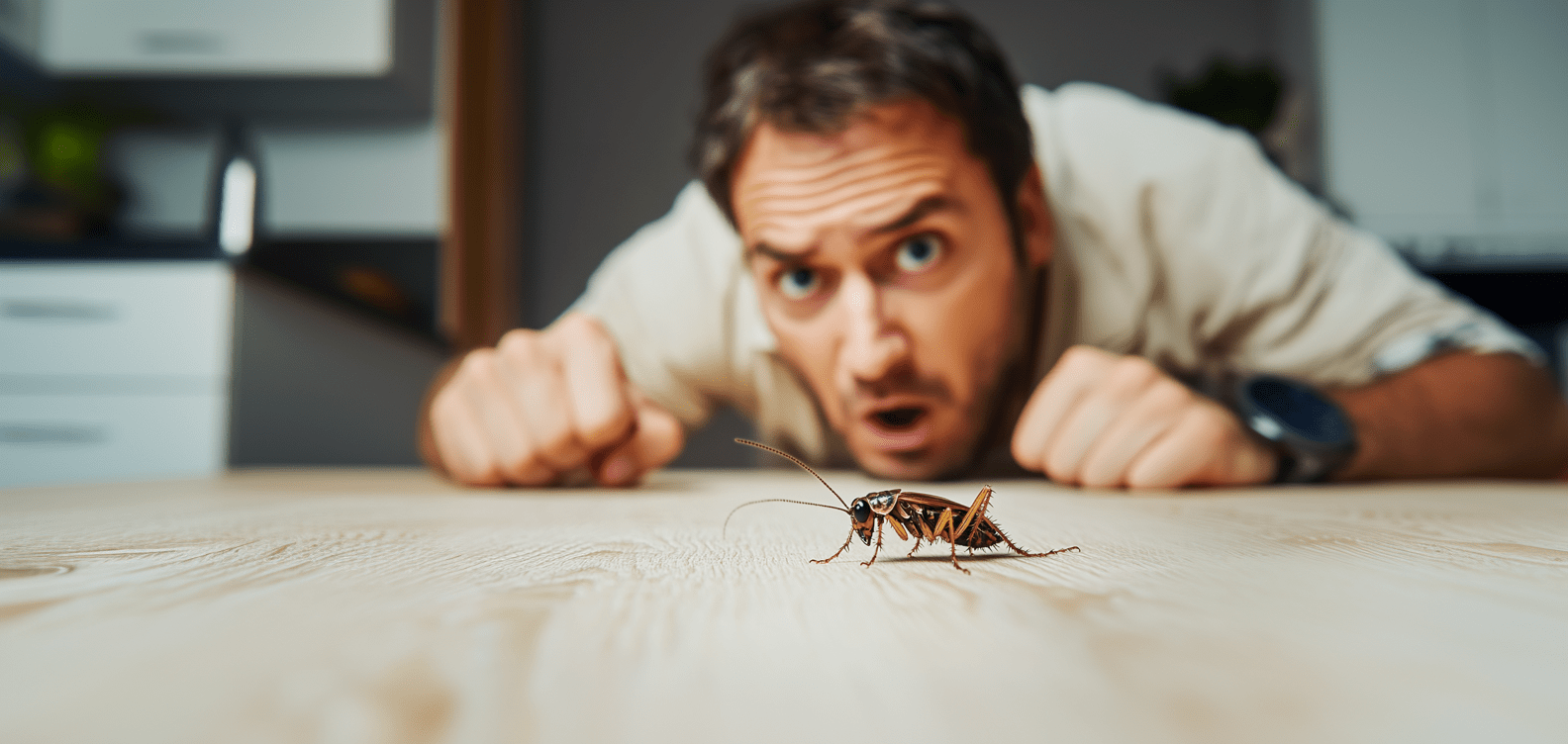
Not getting a solution?
Get your free pest control estimate today!What do Earwigs Look Like?
Earwigs have wings, although not all species use them for flying. The front pair of wings, called elytra, are short and leathery. On the other hand, the hind wings are membranous and fold underneath the elytra when not in use. Despite having wings, most earwigs are not strong fliers and prefer to crawl. Let’s take a look at this earwig identification guide:Earwig Physical Characteristics
-
Size: Typically measures between 0.5 and 1 inch in length.
-
Color: Dark brown or black, often with a shiny, segmented body.
-
Shape: Slender and elongated, with a flattened body that allows them to hide in narrow spaces.
-
Pincers (Cerci): Located at the end of their abdomen, these curved pincers are used for defense, mating, and capturing prey. Male pincers are curved, while female pincers are straighter.
-
Wings: Equipped with hind wings folded under short, leathery forewings, though earwigs rarely fly.
Where do Earwigs Live?
Earwigs are found worldwide, and different species are adapted to various climates and environments. They thrive in environments that offer a combination of moisture, warmth, and shelter. Earwigs are commonly found outside the house under rocks, mulch, logs, and leaves. Earwigs also like Dark and damp spaces that protect them from predators and harsh weather. These areas also offer easy access to food sources such as decaying plant matter and small insects. Indoors, earwigs are often drawn to basements, bathrooms, and kitchens. Leaky pipes, condensation, and poor ventilation create ideal hiding spots.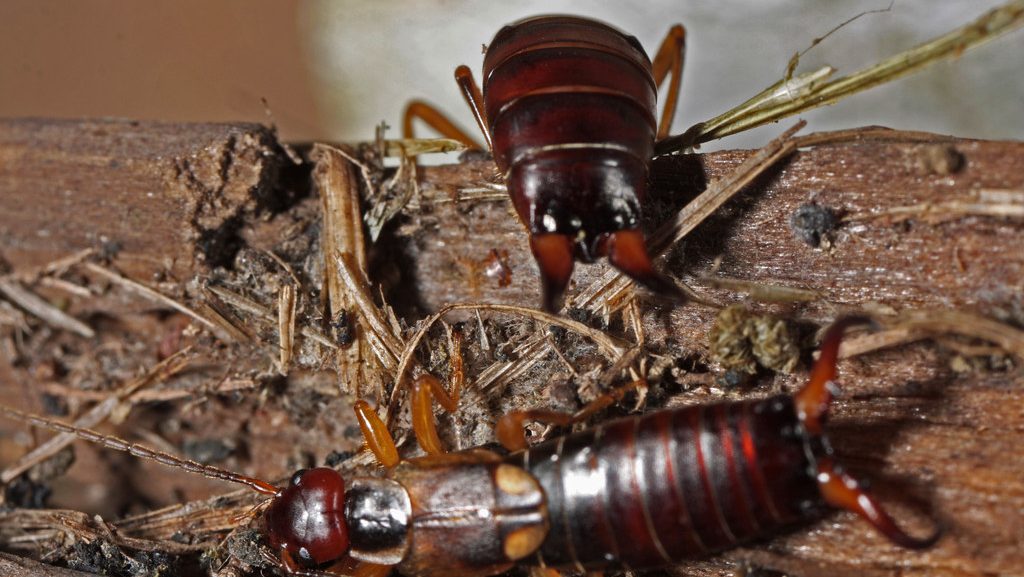
When are Earwigs Most Active?
As nocturnal insects, earwigs are most active at night. They spend the daylight hours hiding in dark, moist environments, such as beneath rocks, logs, or piles of mulch and leaf litter. Their preference for damp, humid conditions means you might find them in basements, bathrooms, or other areas with high humidity. Earwigs venture out at night for food or more suitable habitat, so you may see them roaming around your home after dark.What do Earwigs Eat?
Earwigs are omnivores with a varied diet that includes plant and animal matter. They feed on decaying organic material, tender plant leaves, flowers, and fruits, making them important decomposers in ecosystems. Additionally, earwigs’ diet includes small insects and their larvae, acting as natural pest controllers in gardens. However, their feeding habits can become problematic when they target delicate plants, potentially damaging gardens and crops. This dual role earwig behavior makes them both beneficial and occasionally troublesome, depending on their environment.
Earwigs Life Cycle
Three fascinating Earwigs’ lifecycle stages include egg, nymph, and adult. Unlike many insects, earwigs exhibit maternal care, with females actively guarding their eggs and young, a behavior that is both rare and intriguing in the insect world. Eggs Female earwigs lay clusters of 20–50 eggs in burrows dug into moist soil. They actively tend to their eggs, cleaning them to prevent fungal growth and guarding them fiercely against predators. This maternal care ensures a higher survival rate for their offspring.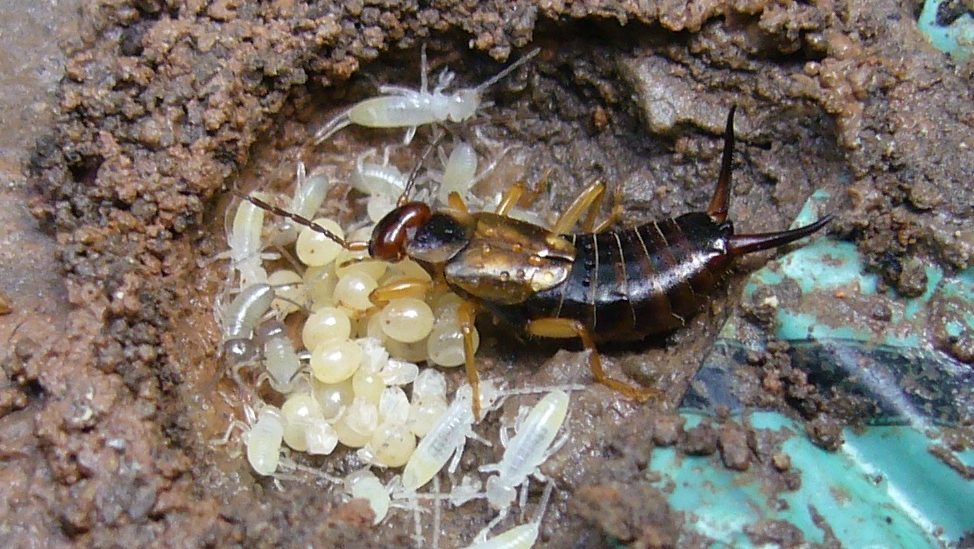 Nymphs
The eggs hatch into nymphs, which are smaller, wingless versions of adult earwigs. Nymphs molt four to five times as they grow, shedding their exoskeletons to accommodate their increasing size. During this stage, they remain in or near the burrow, relying on their mother for protection until they can fend for themselves.
Adults
Once fully matured, adult earwigs develop wings and reproductive capabilities. They thrive in warm, moist environments, continuing the lifecycle by establishing burrows and producing the next generation.
Visit our Species, Control, and DIY Guide sections for additional resources on earwigs and ways to tackle an earwig infestation.
Nymphs
The eggs hatch into nymphs, which are smaller, wingless versions of adult earwigs. Nymphs molt four to five times as they grow, shedding their exoskeletons to accommodate their increasing size. During this stage, they remain in or near the burrow, relying on their mother for protection until they can fend for themselves.
Adults
Once fully matured, adult earwigs develop wings and reproductive capabilities. They thrive in warm, moist environments, continuing the lifecycle by establishing burrows and producing the next generation.
Visit our Species, Control, and DIY Guide sections for additional resources on earwigs and ways to tackle an earwig infestation.
Are Earwigs Beneficial or Harmful?
Earwigs play a dual role in the environment. While they cause some harm to plants and property, they are also of ecological importance.Benefits
-
Earwigs prey on aphids, mites, and other harmful garden pests, reducing the need for chemical interventions.
-
They feed on decaying organic matter, breaking it down and improving soil quality by enhancing nutrient cycling.
Harms
-
In large populations, earwigs can feed on vegetables, flowers, and tender plants, causing noticeable harm to gardens.
-
Earwigs may enter homes, particularly basements, bathrooms, and kitchens, seeking moisture.
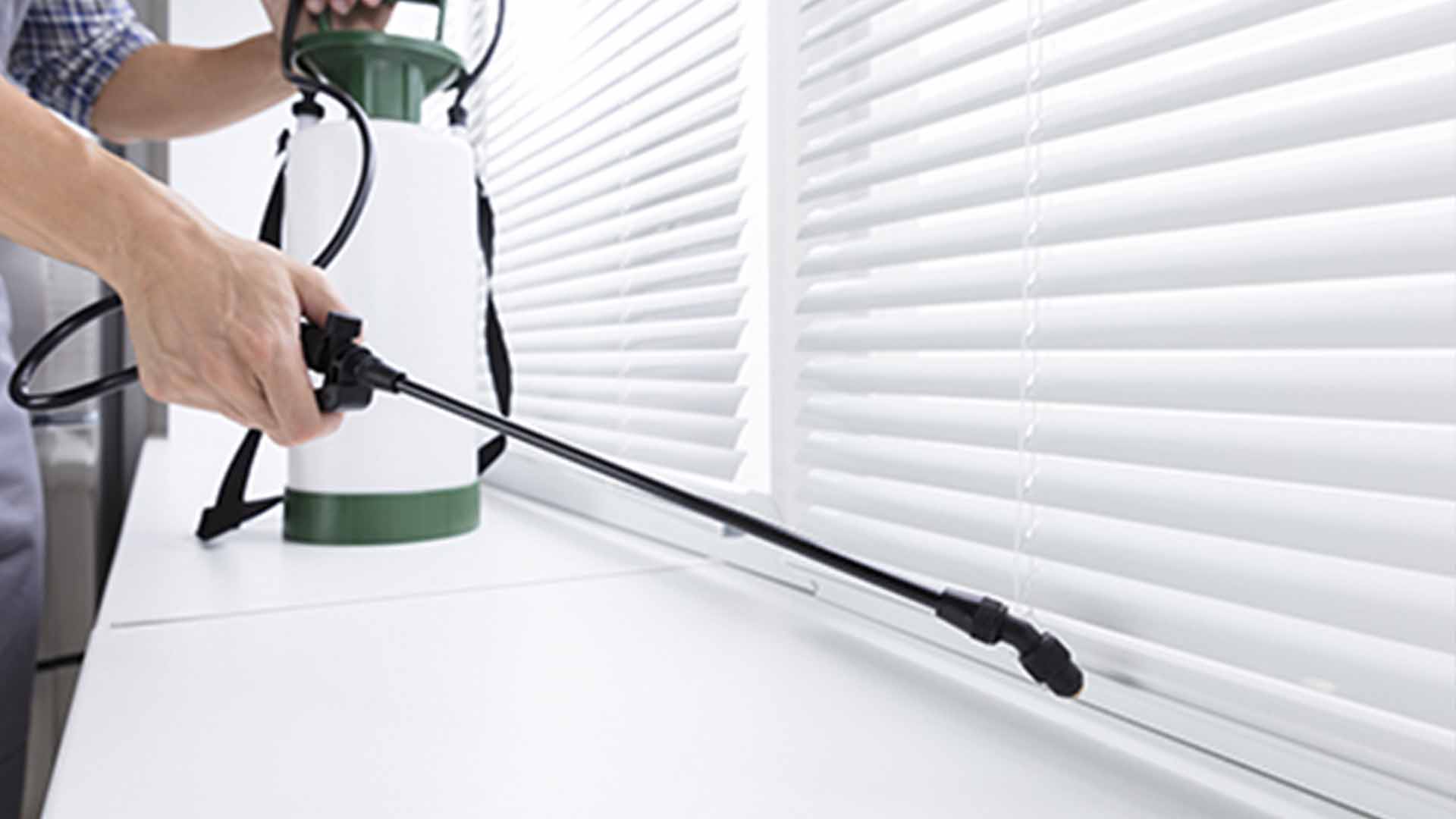
How to Prevent Earwigs?
Managing earwigs effectively involves addressing the conditions that attract them and implementing natural control methods. You can minimise their presence without relying on harsh chemicals by making your home and garden less hospitable to earwigs. Here are practical steps to prevent earwigs:Tips to Prevent and Control Earwigs
-
Repair leaky pipes, improve ventilation, and avoid overwatering plants to reduce moisture.
-
Seal cracks and gaps in doors, windows, and foundations using caulk and weather stripping.
-
Remove piles of leaves, mulch, and wood, and trim plants to eliminate earwig hiding spots.
-
Sprinkle diatomaceous earth around entry points and garden beds to kill earwigs naturally.
-
Use essential oils like peppermint, lavender, or eucalyptus as repellents in key areas.
-
Set traps with damp newspaper rolls or containers of vegetable oil to capture and remove earwigs.
-
Attract natural predators such as birds, toads, and spiders to control earwig populations in your garden.
Myths and Facts about Earwigs
There are many myths about earwigs that have contributed to their negative reputation. Below are some common misconceptions, along with the facts to set the record straight.| Myth | Fact |
|---|---|
| Earwigs crawl into ears and burrow into brains. | This is a myth; earwigs do not seek out human ears and are not interested in entering them. |
| Earwigs are dangerous and can bite humans. | Earwigs are not harmful to humans. They use their pincers for defense and capturing prey. |
| Earwigs only eat plants and cause garden damage. | Earwigs are omnivores and also consume pest insects, playing a beneficial role in gardens. |
| All earwigs can fly. | While some earwigs have wings, they are not strong fliers and typically prefer to crawl. |
| Earwigs are only found in homes. | Earwigs are found worldwide in various habitats, including gardens, forests, and fields. |





